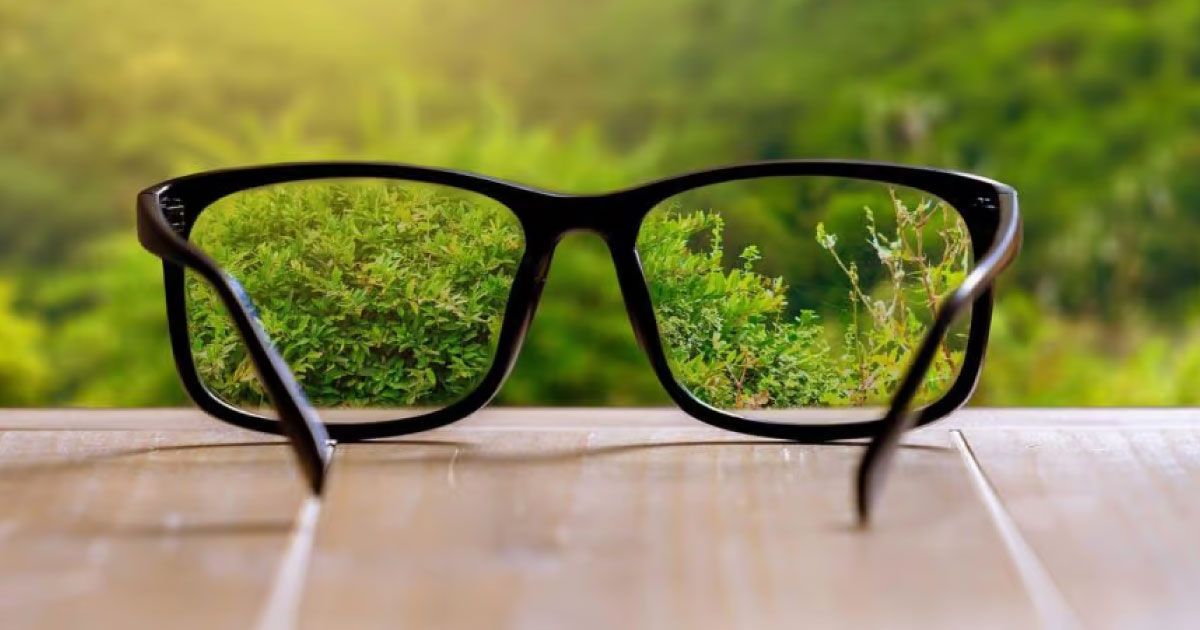The Myopia Epidemic: A Growing Concern in Modern Vision Care

Read time: 3 minutes
Myopia — commonly known as nearsightedness — is on the rise at an unprecedented rate across the globe. Once viewed as a simple refractive issue, it’s now being recognized as a significant public health concern. Experts refer to this rapid increase as the “myopia epidemic,” and its long-term impact on eye health is substantial—especially for those experiencing progressive or high myopia.
A Closer Look at Myopia
Myopia occurs when the eye grows too long, causing light to focus in front of the retina rather than directly on it. This results in blurred distance vision while close-up tasks remain clear. It’s a condition that typically develops during childhood and can worsen over time. However, more adults are now facing the consequences of progressive myopia, particularly those who were not properly managed early on.
At Urban Optiks Optometry, we’re seeing more patients with moderate to high myopia seeking premium lens solutions and enhanced correction options — often motivated by both functional clarity and long-term ocular health.
What’s Behind the Surge?
The causes of myopia’s increase are linked to modern lifestyles and environmental factors, including:
- Prolonged near work: Extended hours spent on computers, smartphones, and reading materials place significant stress on the visual system.
- Limited outdoor time: While more relevant in youth development, lack of natural light exposure continues to affect overall eye comfort and health for adults.
- Digital dependence: With hybrid work environments and screen-heavy habits, adults now face visual fatigue that exacerbates underlying refractive issues.
To combat these effects, we often recommend incorporating blue light filtering lenses that help reduce digital eye strain and improve comfort during extended screen use.
Why It Matters for Adults
While many associate myopia management with childhood interventions, adults with high myopia are at a greater risk for serious eye conditions, such as:
- Retinal detachment
- Glaucoma
- Myopic macular degeneration
- Early cataracts
Understanding your level of risk and taking a proactive approach to care — including regular comprehensive eye exams — is critical to preserving long-term vision.
Advanced Options for Myopic Adults
Urban Optiks Optometry specializes in precision vision correction tailored for patients with more complex prescriptions. We offer high-index lenses, digital freeform designs, and customized coatings that reduce distortion, improve clarity, and provide greater visual comfort — especially for those with moderate to severe myopia.
For those seeking performance and style, our curated selection of handcrafted luxury eyewear offers elevated design paired with advanced lens options.
The Takeaway
Myopia is more than a common vision issue — it’s an evolving challenge that deserves serious attention. Whether you’ve been nearsighted since youth or are noticing your prescription worsening over time, we’re here to help you see clearly, comfortably, and stylishly.
Schedule your comprehensive eye exam today at Urban Optiks Optometry and let us guide you toward smarter, more sustainable vision solutions.
Share this blog post on social or with a friend:
The information provided in this article is intended for general knowledge and educational purposes only and should not be construed as medical advice. It is strongly recommended to consult with an eye care professional for personalized recommendations and guidance regarding your individual needs and eye health concerns.
All of Urban Optiks Optometry's blog posts and articles contain information carefully curated from openly sourced materials available in the public domain. We strive to ensure the accuracy and relevance of the information provided. For a comprehensive understanding of our practices and to read our full disclosure statement, please click here.


















